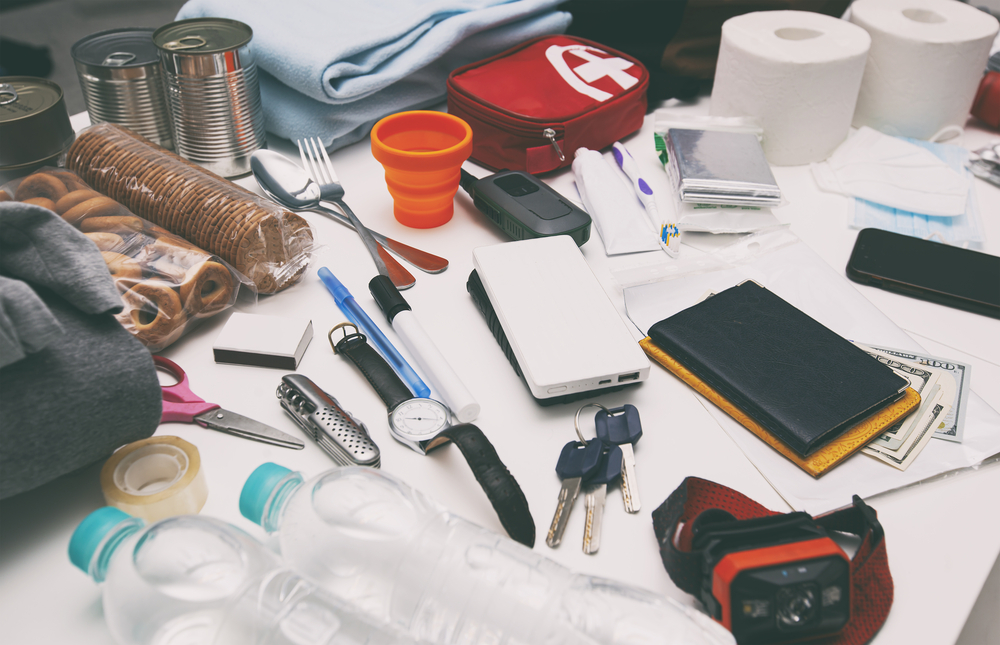For Businesses: Hurricane-Preparedness Checklist

Developing a Preparedness Plan
Preparing for a hurricane is critical for businesses to minimize damage and ensure continuity. Start by developing a comprehensive hurricane preparedness plan, assigning roles and responsibilities to key staff members. Establish clear communication channels within the organization and with external agencies. Regularly review and update your emergency supply inventory, including food, water, medical supplies, and essential equipment. Conduct drills to ensure all employees are familiar with evacuation procedures and safety protocols.
Response Procedure as a Hurricane Approaches
Monitoring weather reports from reliable sources is essential as a hurricane approaches. Activate your emergency response team and implement the preparedness plan. Ensure all critical systems and data are backed up and secure. Communicate with employees, customers, and suppliers about the status of your operations and any changes to business hours. Evacuate non-essential personnel and secure the premises to protect assets. Coordinate with local authorities and follow their guidelines to ensure the safety of your staff and operations.

What to Do if Your Business is Damaged in a Hurricane
If your business is severely damaged by a hurricane, it’s essential to take immediate steps to begin the recovery process. First, ensure the safety of all employees and assess the damage when it’s safe to do so. Document all damage with photos and detailed descriptions for insurance claims.
Next, contact your insurance provider to report the damage and start the claims process. You may also need to arrange for temporary facilities to continue operations. Consider our natural disaster base camp rental services to set up temporary office spaces. Additionally, setting up tents outside your business can allow you to continue operations while repairs are underway. These tents can serve as temporary offices, meeting spaces, or storage areas, helping to maintain business continuity during the recovery period.
Reach out to local, state, and federal agencies for disaster assistance programs that can provide financial aid and resources. Communicate with customers about your status and recovery plans through your website, social media, and other communication channels.

Emergency Supplies Checklist
Businesses should have the following items on hand in case of an emergency:
- First aid supplies
- Flashlights and extra batteries
- Portable radio
- Water (one gallon per person per day for at least three days)
- Non-perishable food
- Multi-tool or basic tool kit
- Important documents (insurance papers, emergency contacts)
- Personal hygiene items (toilet paper, hand sanitizer, sanitary wipes)
- Fire extinguisher
- Blankets or sleeping bags
- Extra clothing
- Cash and credit cards
- Backup power sources (generators, power banks)
- Surge protectors
- Maps of the local area
Navigating Insurance and Filing a Claim
Dealing with insurance claims can be complex. Document all damages thoroughly with photos and detailed descriptions. Contact your insurance provider promptly and keep all receipts and records of expenses related to the hurricane. Hiring a public adjuster can help navigate the claims process and ensure you receive the compensation you deserve.

FAQs for Hurricane Preparedness for Businesses
What should be included in a business’s emergency kit?
Your emergency kit should contain first aid supplies, flashlights, batteries, water, non-perishable food, and important documents. Additionally, include contact information for key personnel and emergency services.
How can businesses protect their data during a hurricane?
Regularly back up data to off-site servers or cloud storage. Ensure critical systems are protected by surge protectors and that all electronic devices are stored in safe, elevated locations.
What steps should be taken to ensure employee safety during a hurricane?
Develop a clear evacuation plan, communicate it to all employees, and conduct regular drills. Ensure that all employees know the location of safe areas within the building and have access to emergency supplies.
How can businesses access financial assistance after a hurricane?
Apply for disaster loans from the Small Business Administration (SBA) and explore other local and federal financial aid programs. These funds can help cover repair costs and support business recovery efforts.
How should businesses communicate with customers during and after a hurricane?
Use multiple communication channels, such as email, social media, and your website, to keep customers informed about the status of your operations and any changes to service availability.
This guide aims to help businesses prepare for hurricanes effectively, ensuring safety and continuity. Stay prepared and safeguard your operations against potential disasters.
For informational purposes only.